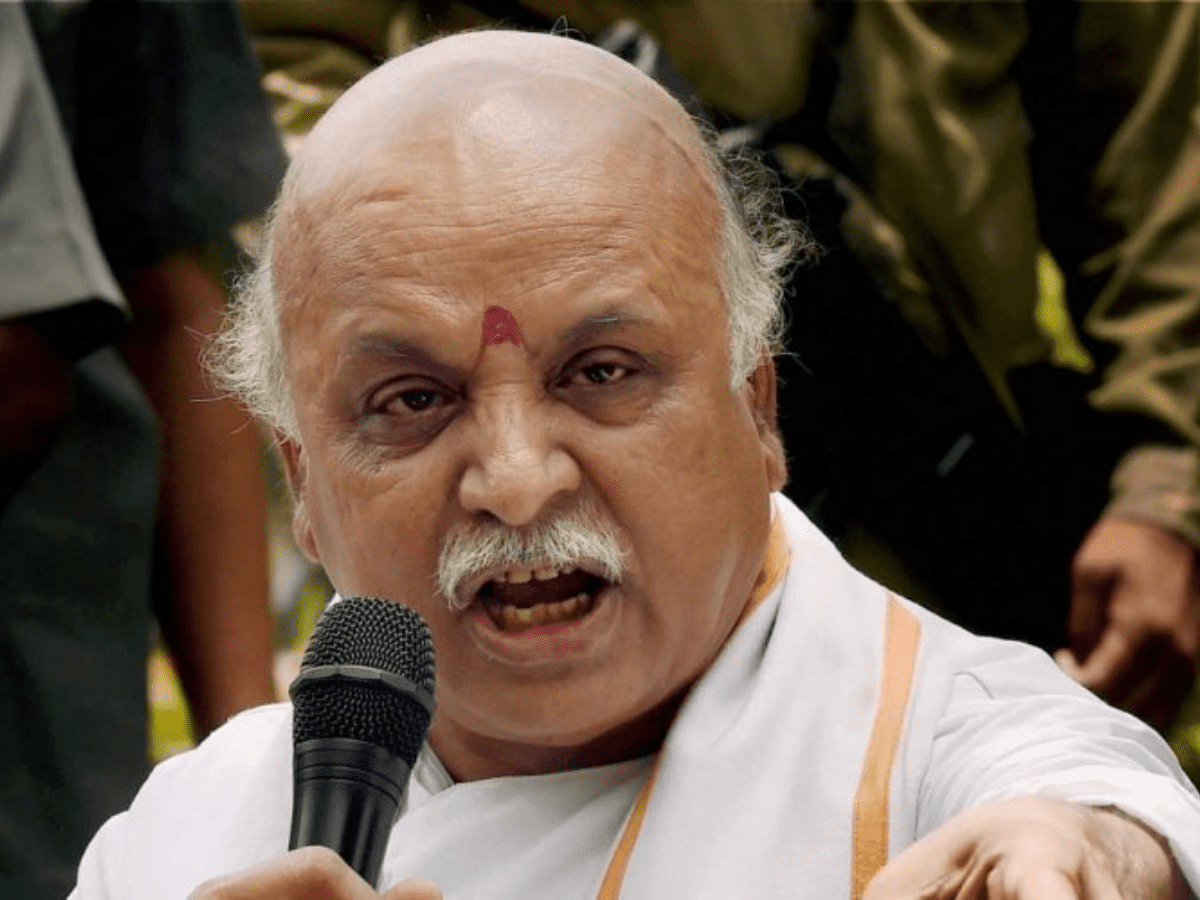Barcelona: The average age of the European population has gone up by 2.5 years in the past decade, according to Eurostat data published recently.
In Spain, the average age has climbed by 4.3 years, the highest rise in the EU behind Portugal (4.7 years).
However, a Spanish expert told Xinhua news agency on Monday that although half of Europeans are now over 44.4 years old, the main concern is the lack of children being born.
“We are one of the places in the world where people live longest, and this fact that we die later makes the average age go up,” said Albert Esteve, director of the Center for Demographic Studies (CED) in Barcelona.
Half the population in Spain is over 45 years old (46.2 for women), according to Eurostat, but the average age is highest in Italy (48 years), followed by Germany (45.8), Portugal (46.8), Greece (46.1) and Croatia (45.5).
“Where we’re starting to see the effects is in schools with fewer pupils, and in communities where much fewer children will be born, which means many of the major effects will be noted at the bottom rather than the top of the population pyramid,” Esteve said.
The low birth rates driving the rise in the average age of the European population are widespread, but particularly pronounced in Southern countries such as Spain, Portugal and Italy.
“We can’t raise the birth rate because during the critical decade in one’s thirties there’s too much uncertainty compared with other countries, where either due to public help or a good labour market people feel more confident,” Esteve said.
“We need mechanisms to strengthen institutional support so that people can become independent from their parents earlier, and so that they can feel that they have some economic stability between the ages of 29 and 39. I think that would encourage more couples to have children,” the demographer added.
Despite uncertainty over the future of countries with rising numbers of older people, Esteve said society will adjust and adapt to the new situation.
“We know that in the next few years there’ll be an explosion of older people, but what we don’t know is how that older generation will behave, how their habits will change, how the point at which you are considered old will shift,” Esteve told Xinhua.
What it means to be “old” is also changing, the CED chief said.
“Alongside this ageing of the population there has been an increase in life expectancy, and this means that a 70-year-old today is not the same as a 70-year-old a century ago, not in terms of strength, drive, energy, or enthusiasm,” Esteve said.











